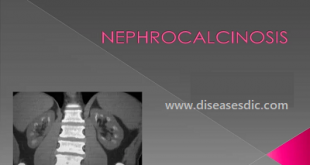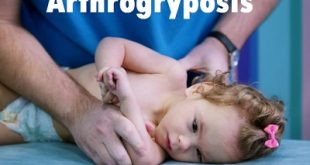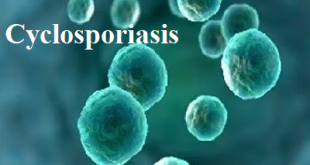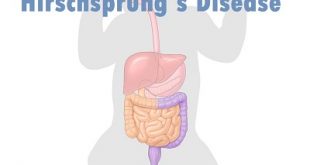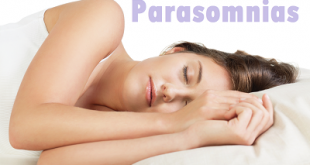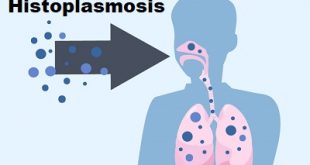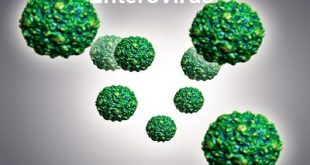Nephrocalcinosis – Summary Nephrocalcinosis is a disorder that occurs when too much calcium is deposited in the kidneys. It commonly occurs in premature infants. Individuals may not have symptoms or may have symptoms related to the condition causing Nephrocalcinosis. If kidney stones are present, symptoms may include blood in the …
Read More »Arthrogryposis – Types, Risk Factors and Treatment
Definition Arthrogryposis, also known as arthrogryposis multiplex congenita or AMC, is a birth defect in which a child has various joints that are tight (contracted) with decreased motion, stiffness, deformity, and difficulty with function. The incidence for this is one in 3,000 live births. It is not a progressive disorder. …
Read More »Cyclosporiasis – Treatment, Prevention, and Diagnosis.
What is Cyclosporiasis? Cyclosporiasis is a parasitic infection in the intestines that can cause symptoms such as watery diarrhea and stomach pain. Cyclosporiasis is most common in tropical or subtropical areas and regions of poor sanitation. The most commonly involved areas for United States citizens are Mexico, Peru, and Guatemala. …
Read More »Lipodystrophy – Types, Risk Factors, Causes and Prevention
What is Lipodystrophy? Lipodystrophy syndromes are rare disorders marked by a lack of body fat just beneath the skin’s surface. Which type a person has is determined by the patterns of fat loss on the body and whether the disease is acquired or genetic. Due to the body’s inability to …
Read More »Hirschsprung’s disease – Types, Pathophysiology, and Treatment
Definition Hirschsprung’s disease is a rare birth defect that affects the large intestine (bowel). It is caused by missing some or all of the nerve cells in your intestine. Nerve cells are important because they tell your intestine to push stools through your bowel. This condition occurs while a baby …
Read More »Parasomnias – Types, Causes, Epidemiology and Treatment
Definition Parasomnias are a group of sleep disorders marked by unusual actions, activities, or physiological events that occur during sleep or sleep-wake transitions. Parasomnias are divided according to the sleep phase in which the symptoms occur, either rapid eye movement (REM) or non-REM (NREM). Symptoms may include simple or complex …
Read More »Histoplasmosis – Risk factors, Symptoms, and Diagnosis.
Overview Histoplasmosis is an infection caused by breathing in spores of a fungus often found in bird and bat droppings. People usually get it from breathing in these spores when they become airborne during demolition or cleanup projects. Soil contaminated by bird or bat droppings also can spread histoplasmosis, putting …
Read More »Enterovirus – Description, Complications, and Prevention
Description Enterovirus (EN-tuh-ro-vy-rus) is a term for viruses that live in the human digestive tract and cause a range of different symptoms, from mild to serious. Most cases do not cause serious harm and go away in just a few days. There are many kinds of enteroviruses, including coxsackieviruses, echoviruses, …
Read More » Diseases Treatments Dictionary This is complete solution to read all diseases treatments Which covers Prevention, Causes, Symptoms, Medical Terms, Drugs, Prescription, Natural Remedies with cures and Treatments. Most of the common diseases were listed in names, split with categories.
Diseases Treatments Dictionary This is complete solution to read all diseases treatments Which covers Prevention, Causes, Symptoms, Medical Terms, Drugs, Prescription, Natural Remedies with cures and Treatments. Most of the common diseases were listed in names, split with categories.
